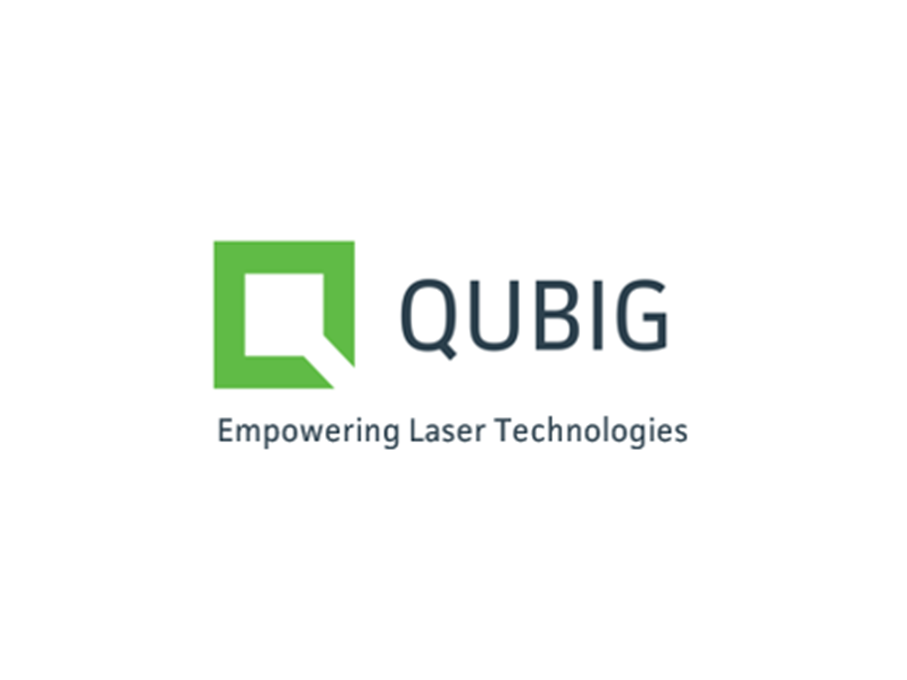QUBIG GmbH
Optical pulse generation for lasers in the UV and visible range

Role in the consortium
Within the MUNIQC-Atoms project, QUBIG develops high-performance light conditioning tools for the temporal shaping of laser pulses in the UV and visible regime. Our goal is to create novel laser beam conditioning systems that enable the fast and precise control of strontium-88 atoms trapped in optical lattices using electro-optic technology tailored for this system.
Open positions
QUBIG is a very dynamic company always looking for people passionate about empowering laser and quantum technologies. If you would like to develop your career in the development of laser technologies, sophisticated high-frequency electronics, high voltage systems, or electro-optic integration, have a look at our current open positions.
Partner expertise
QUBIG GmbH is a technology company specializing in the field of scientific lasers with a focus on the development and manufacturing of high-end free-space light-modulators and dedicated electronics for high-precision control of all properties of laser light, such as its frequency, phase, amplitude, polarization, and position. QUBIG provides tools for a broad range of applications for wavelengths from the Ultraviolet (200nm) to the Infrared (10μm), for optical power starting from single photons up to several watts, and modulation frequencies from DC up to 20 GHz.
Our team combines profound expertise not only in the areas of laser technology, crystal-optics, and HF/HV electronics but also possesses in-depth knowledge and many years of experience in various fields of quantum technologies such as laser cooling and trapping of atoms/ions/molecules, Bose-Einstein condensation / degenerate Fermi gases, quantum information, etc. The broad knowledge enables our R&D team to develop tailored state-of-the-art light conditioning tools for the most demanding applications such as quantum computing [1-4], control of neutral atoms and trapped ions [5,6], and optical clocks [7,8].
[1] Madsen, L.S., et al., Quantum computational advantage with a programmable photonic processor, Nature 606, 75 (2022).
[2] Bluvstein, D., et al., A quantum processor based on coherent transport of entangled atom arrays, Nature 604, 451 (2022).
[3] Thomas, P. et al., Efficient generation of entangled multiphoton graph states from a single atom, Nature 608, 677 (2022).
[4] Antón, C., et al., Interfacing scalable photonic platforms: solid-state based multi-photon interference in a reconfigurable glass chip, Optica 6, 1471 (2019).
[5] Cappellini, Giacomo, et al., Direct observation of coherent interorbital spin-exchange dynamics, Phys. Rev. Lett. 113, 120402 (2014).
[6] Levine, H., et al., Dispersive optical systems for scalable Raman driving of hyperfine qubits, Phys. Rev. A 105, 032618 (2022).
[7] Stuhler, J. et al., Opticlock: Transportable and easy-to-operate optical single-ion clock, Measurement: Sensors 18, 100264 (2021).
[8] Schkolnik, V., et al., Optical Atomic Clock aboard an Earth-orbiting Space Station (OACESS): Enhancing searches for physics beyond the standard model in space, arXiv:2204.09611 (2022).
Contact

Funding acknowledgement
Sponsored by the Federal Ministry of Education and Research, grant number 13N16083